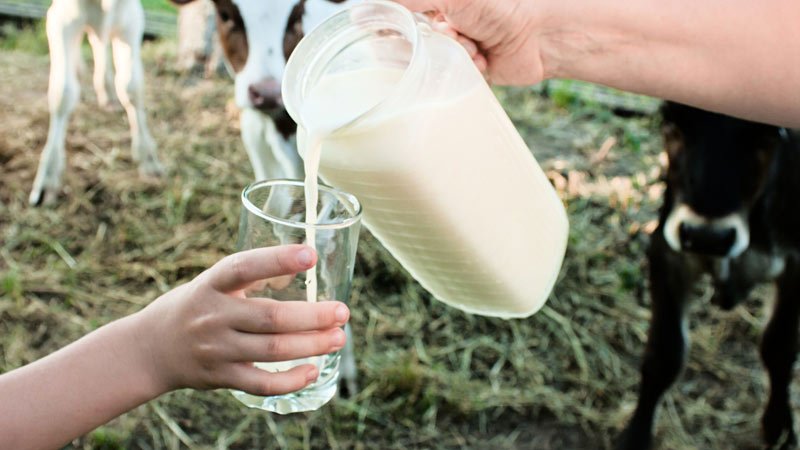
Earth.com
A new study published in the New England Journal of Medicine on Friday has provided additional evidence of the potential dangers of consuming unpasteurized, or raw, milk containing H5N1 avian flu viruses. Reported by StatNews
The research, conducted by scientists at the University of Wisconsin–Madison, demonstrated that mice fed milk from H5N1-infected cows became severely ill. Although the study cannot definitively prove that humans would experience the same effects, it underscores the probable risks associated with drinking raw milk contaminated with the dangerous virus, experts said. Such studies cannot be conducted on humans for ethical reasons.
“Raw milk is clearly highly suspected of transmitting [H5N1] to animals,” said Michael Osterholm, director of the Center for Infectious Disease Research and Policy at the University of Minnesota. “It’s still unclear what the risk is for humans. But I wouldn’t want to take my chances on it.”
Thijs Kuiken, a pathologist in the department of viroscience at the Erasmus Medical Center in Rotterdam, Netherlands, agreed. Kuiken, who has extensively studied the effects of H5N1 viruses on mammals, including cats, noted multiple reports of farm cats dying after presumably drinking contaminated milk.
“Based on the weight of evidence from our knowledge of [this lineage of H5N1], to which this letter contributes, it is likely that people drinking raw milk from infected cows would contract systemic disease,” Kuiken told STAT in an email. According to BBC
The Food and Drug Administration (FDA) has long advised against drinking raw milk, which can contain a number of dangerous pathogens such as E. coli, Salmonella, and Listeria. The agency has reiterated this advice in light of the current H5N1 outbreak in dairy cattle.
As of Friday, the U.S. Department of Agriculture (USDA) confirmed infections in 63 herds across nine states, with tests pending on three additional herds in Michigan. Since the outbreak’s detection in late March, two human infections in farm workers have been reported.
Neither Kuiken nor Osterholm was involved in the research, which was led by Yoshihiro Kawaoka, a leading influenza virologist who has studied H5N1 for decades. Kawaoka stated in an email to STAT that the mice were euthanized on day four of the study to avoid prolonged suffering.
The study, conducted in early April, involved multiple components. In addition to feeding raw milk to mice, the researchers simulated various pasteurization methods to determine if they could eliminate the virus. They found that one pasteurization approach effectively killed all the virus, while another, involving a shorter heating period, only reduced the virus to low levels.
The researchers also stored raw milk containing the virus at refrigerator temperature for several weeks to observe any decline in virus levels. They noted only a minor reduction in the amount of active virus, indicating that “the virus may remain infectious for several weeks in raw milk kept at 4°C.”
Keith Poulsen, one of the study’s authors and director of the Wisconsin Veterinary Diagnostic Laboratory, commented on the finding: “Flu likes cold and wet,” Poulsen said. told by Reuters
Interestingly, the researchers also discovered the H5N1 virus in the mammary glands of two mice. They observed that the mammary tissues of dairy cattle are highly susceptible to the virus, with infected lactating cows shedding extraordinarily high levels of the virus in their milk.
This study provides important insights into the risks associated with raw milk during an avian flu outbreak and reinforces the importance of pasteurization in ensuring milk safety.






